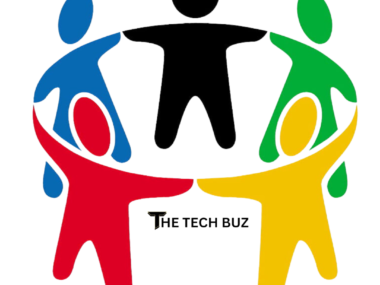What is the definition of a database?
Database defined
A database is an organized collection of structured information, or data, typically stored electronically in a computer system. It is usually controlled by a Database Management System (DBMS).

What is a database management system?
Database Management Systems (DBMS) are software systems used to store, retrieve, and run queries on data. DBMS serves as an interface between an end-user and a database, allowing users to create, read, update, and delete data from the database.
Database Administration Frameworks (DBMS) are
computer program frameworks utilized to store, recover, and run questions on information. DBMS serves as an interface between an end-user and a database, permitting clients to peruse, upgrade, and erase information in the database.
DBMS
Manages information, database engines, and database construction, allowing users and other programs to control or extract data. This makes a difference in information security, information astuteness, concurrency, and uniform information organization procedures.
DBMS
optimize the organization of information by taking after a database pattern plan method called normalization, which parts a huge table into smaller tables when any of its qualities have repetition in values. DBMS offers many benefits over traditional file systems, including flexibility and a more complex backup system.
Database management systems can be classified based on various criteria such as the data model, the database distribution, or user numbers. The most widely used types of DBMS software are relational, distributed, hierarchical, object-oriented, and network.

Distributed database management system
A distributed DBMS manages a set of logically interrelated databases distributed over a network through a centralized database application. “It periodically synchronizes data and ensures that it universally updates any changes to data in the database.”
Hierarchical
Hierarchical databases organize model data in a tree-like structure. “Data storage represents either a top-down or bottom-up format and utilizes a parent-child relationship.”
Network database management system
The network database model addresses the need for more complex relationships by allowing each child to have multiple parents. Entities are organized in a graph that can be accessed through several paths.
Relational database management system
Relational Database Management systems (RDBMS) are the most popular data models because of their user-friendly interface. This is based on normalizing the data in the rows and columns of the tables.
Object-oriented database administration system
Object-oriented models store information in objects instead of columns and columns. It is based on object-oriented programming (OOP) that permits objects to have individual areas, properties, and strategies.
What is an example of a database management system?
Examples of DBMS:
MySQL, PostgreSQL, Microsoft SQL Server, Oracle Database, and SQLite are popular DBMS options for various applications and requirements.
What are the basics?
It is the process of collecting, storing, organizing, maintaining, and analyzing data. Organizations use different database administration hones and instruments, for the reason of driving data-based choices and key planning.

What are database administration skills?
Ability to plan, create, and regulate complexity. Organizations need to ensure that they organize, secure, and readily accessible data.
What are the 5 DBMS?
Microsoft Access. Microsoft’s DBMS, known as Access, combines a graphical user interface, software development tools, and the relational Microsoft Jet Database Engine.






